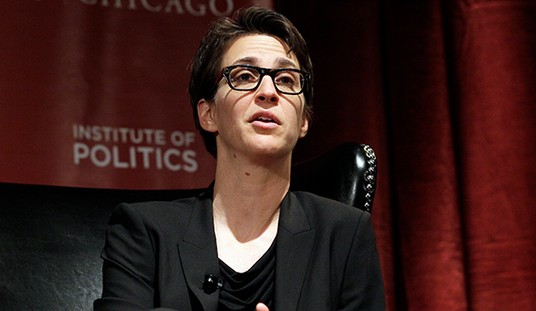If you’re wondering what a second term for Barack Obama might mean, look no further than the EPA. According to the publication Inside EPA, the agency has created a simulator for a cap-and-trade system, a rather extensive project that doesn’t appear to just be theoretical. It’s not exactly a secret, either. Enterprising citizens who want to check EPA assumptions on coal and carbon trading can download the software and install it on their own computers, straight from the EPA’s website, although you’ll need a network with multiple computers to do so:
The Cap & Trade Simulation (“the simulation”) is a tool that provides you an opportunity to put the theory of cap and trade into practice. In the simulation, you (or your team) act as an environmental compliance officer at an electric power plant located in the fictitious country of Ecoland. Your job is to develop a compliance strategy that will allow your facility to meet the emission limits (or cap) while still generating enough electricity to meet customer demand. You can employ various techniques such as switching fuels, installing emission controls, shifting electricity generation between generating units, adding new generating units, investing in demand-side electricity conservation programs, and/or purchasing emission allowances from other facilities.
There are two cap-and-trade scenarios available in this simulation: 1) a program to reduce sulfur dioxide (SO2) emissions that contribute to acid rain and fine particle pollution; or 2) a program to reduce carbon dioxide (CO2) emissions that contribute to climate change. No actual allowances are traded and all of the “companies” featured in the simulation are fictitious. The data used in the simulation are based on real-world situations, but do not reflect or influence the current allowance trading markets.
It’s not exactly Space Invaders or Sim City, is it? If you want to skip playing around in “Ecoland,”, you can just download the documentation, which includes a “facilitator’s guide”:
This Facilitator’s Guide provides more in-depth information about the simulation and how it functions. It also provides information to help you lead the simulation in a classroom or conference setting as well as details about how to modify the simulation. The guide is organized into an introduction, instructions for using the simulator in a classroom or conference setting, frequently asked questions, topics for further discussion, and additional resources about cap & trade programs.
That sounds less like a fun way to blow off an afternoon and more like a strategy to start pushing hard for a cap-and-trade system. The page was most recently updated on Thursday, May 10th; the documentation was created in March. Yet nowhere in Obama’s campaign lit on energy does he mention support for a cap and trade system, probably due to his need to get votes in coal-economy states like Pennsylvania, Ohio, Virginia, and others.
So what does this new Ecoland simulator from Obama’s EPA actually demonstrate? According to Inside EPA, it shows that a carbon-trading system raises prices quickly, cuts electricity production, and in general could signal a death knell for the US economy:
When Inside EPA ran the simulator it showed that investments in carbon capture and other CO2 reduction options routinely cut into a power company’s profit margins, while also reducing electricity generation — arguments that would appear to echo critics of CO2 trading for utilities who warn of adverse impacts on the power sector. …
When Inside EPA tried the simulator, a reporter operated the fictional Periwinkle Point Power company, subject to the Ecoland government’s mandate to cut CO2 emissions 15 percent by 2014, with long-term cuts of 10 percent annually. Excess emissions above the cap would trigger a $68 penalty per ton and one future trading allowance…
…Despite the fluctuations in finances, one fact remained constant: even with renewable sites added to its portfolio, the steps Periwinkle Point Power took to comply with a CO2 cap meant it was failing to meet demand. The company was producing 9,724 GWh compared to a demand of 15,374 GWh.
That’s a shortfall of 36.8%, the kind of gap would make energy prices skyrocket, as Obama promised in January 2008. It would mean that businesses couldn’t afford to expand, which would cut capital equipment sales, and also kill the engine of job creation — small businesses, which need lower entry costs to even begin operations. Food prices, which are dependent on energy costs, would rapidly rise, burning through whatever disposable income was left after paying the electrical and gas bills. In short, we’d be capping our future and trading it for brownouts, energy rationing, and poverty.
Welcome to Obama’s second term of office.








Join the conversation as a VIP Member